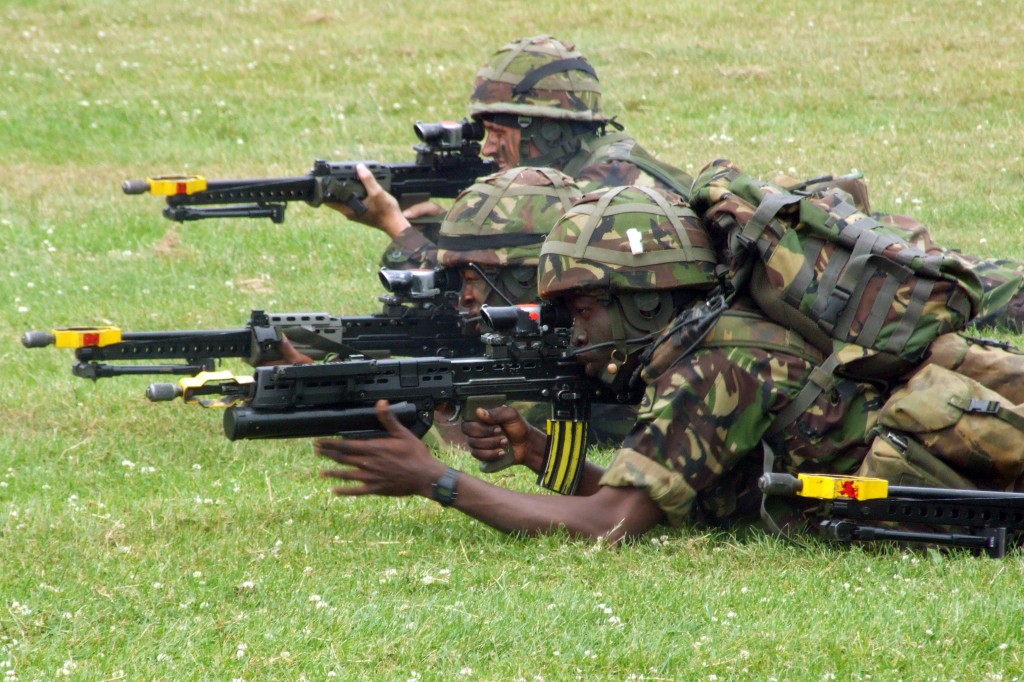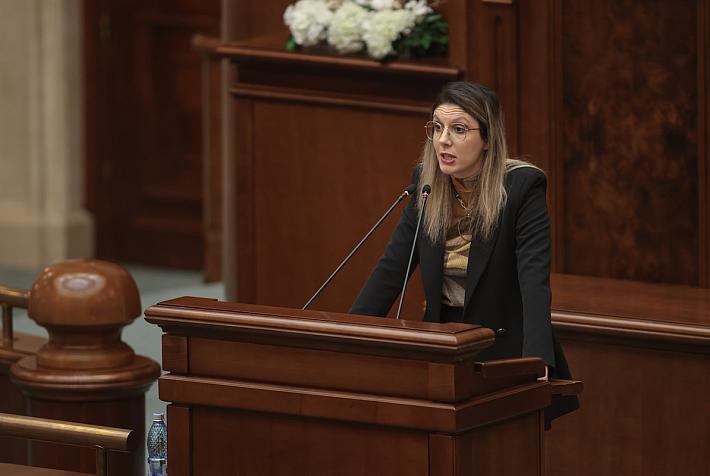Worldwide military expenditure stays flat in 2011 at USD 1.7 trillion
 After 13 years of annual increases in military spending, the trend stopped in 2011. Figures released by the Stockholm International Peace Research Institute (SIPRI) show that USD 1.74 trillion was spent last year, only around 0.3 percent up on 2010, compared to the 2001 to 2009 period when military spending increased on average 4.5 percent annually. In Romania, as in other regional states, the last few years have seen big spending cuts: Down just over 26 percent in Romania between 2008 and 2011.
After 13 years of annual increases in military spending, the trend stopped in 2011. Figures released by the Stockholm International Peace Research Institute (SIPRI) show that USD 1.74 trillion was spent last year, only around 0.3 percent up on 2010, compared to the 2001 to 2009 period when military spending increased on average 4.5 percent annually. In Romania, as in other regional states, the last few years have seen big spending cuts: Down just over 26 percent in Romania between 2008 and 2011.
But to believe that budgets around the world have been static would be wrong – a number of military big spending countries, including the USA, have made large cuts, while others, such as Russia and China, have upped spending significantly. SIPRI gives government attempts in Europe and the US to reduce deficits and public expenditure as the most important reason for the leveling off or reduction in budgets. “The after-effects of the global economic crisis, especially deficit-reduction measures in the USA and Europe, have finally brought the decade-long rise in military spending to a halt – at least for now”, said SIPRI Military Expenditure Project chief Dr Sam Perlo-Freeman.
The USA is still way ahead of the rest of the world for military spending. Its USD 711 billion spent on defense in 2011 accounted for over 40 percent of worldwide expenditure. Second placed China spent USD 143 billion, a 6.7 percent, or USD 8.2 billion increase. China's military expenditure has gone up by 170 percent since 2002, in real terms according to SIPRI.
Russia climbed to number three, with the 9.3 percent increase to USD 71.9 billion in 2011 it overtook the UK and France. Western Europe's top military spenders – the UK, France and Germany – have all reduced expenditure since 2008, the UK and Germany only slightly and France by 4 percent.
Unsurprisingly Greece, Spain, Italy and Ireland have made far deeper cuts, matching their more serious sovereign debt crises and the rest of Europe has also seen some hefty reductions, according to SIPRI. Romania's cuts have been slightly bigger than Greece's, while Poland is one of the few in Central and Eastern Europe to record significant increases in military budgets.
Looking at the regional results, SIPRI finds few trends, spending is Asia and Oceania is up a bit, but this is mainly accounted for by India's small reduction balancing China's big increase. The total for Latin America is down, but again, rather than a true regional trend, this is almost entirely due to policy in the region's big spender, Brazil, which reduced military spending in an attempt to cool the economy. According to SIPRI the only genuine regional trend was found in the Middle East, where military spending was up in the wake of last year's uprisings.
And what of the future? Will we see a reduction in the trillions of dollars spent on arming the world? Sadly not for the moment, according to SIPRI. “It is too early to say whether the flattening of military spending in 2011 represents a long-term change of trend,” said Dr Perlo-Freeman. “While we are likely to see some further falls in the USA and Europe in the next few years, trends in Asia, Africa and the Middle East continue to be upward for now, and any major new war could change the picture dramatically.”
Liam Lever, liam@romania-insider.com












